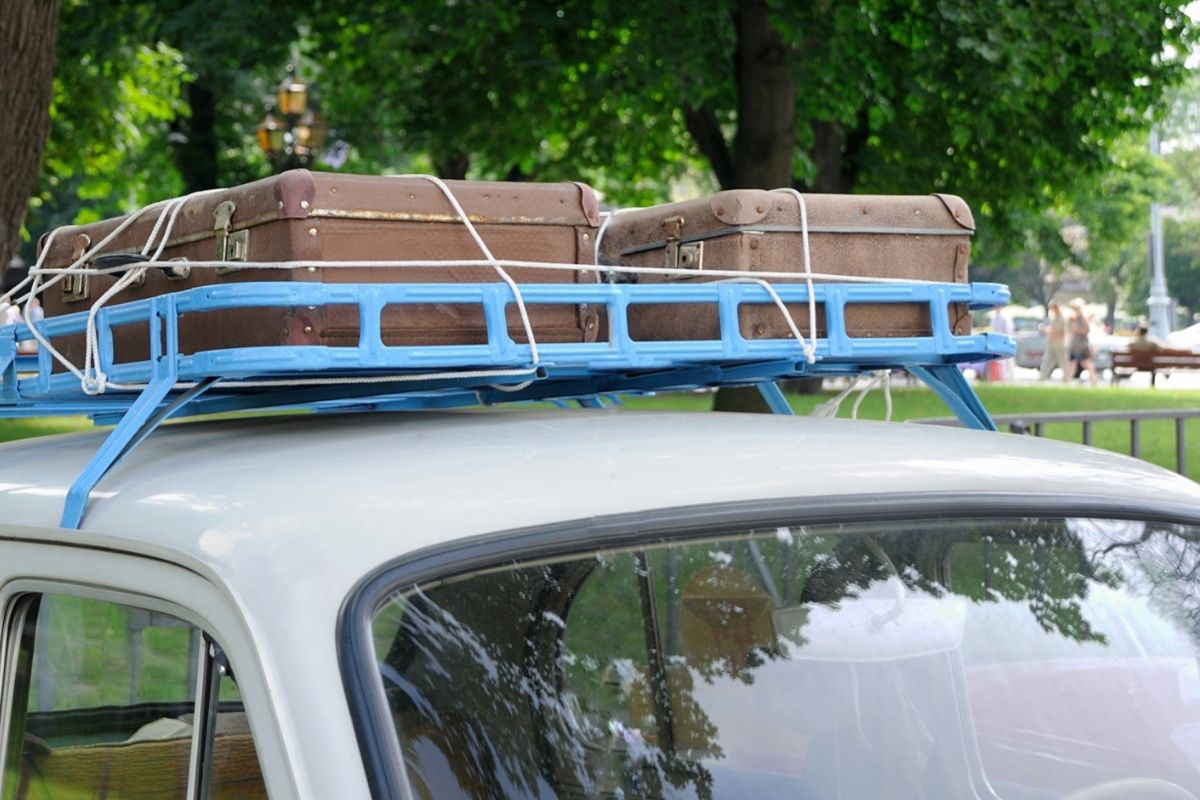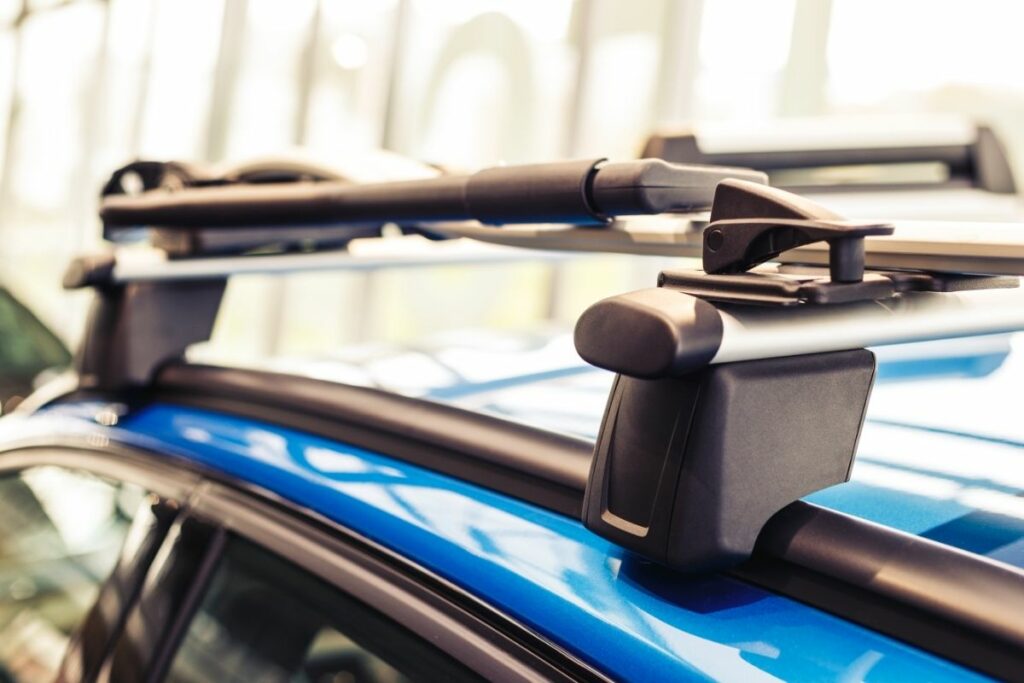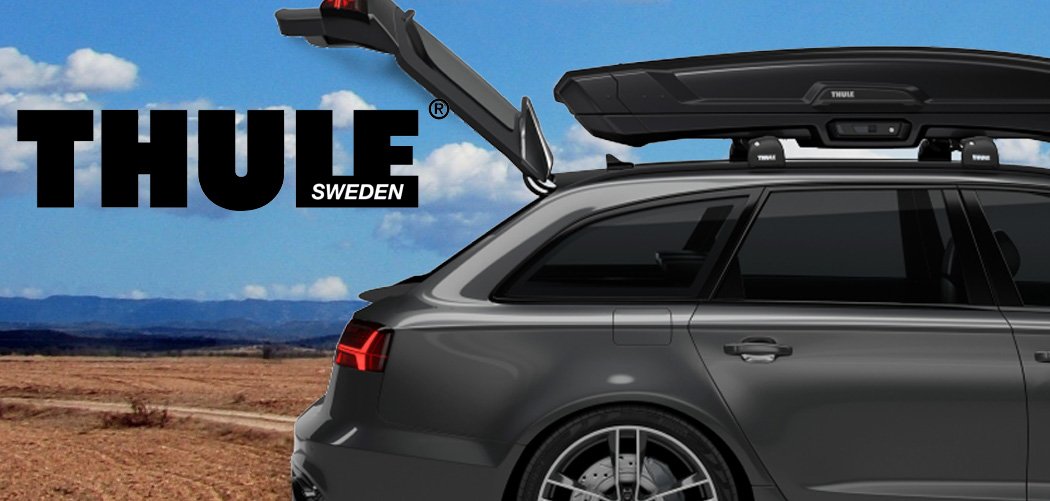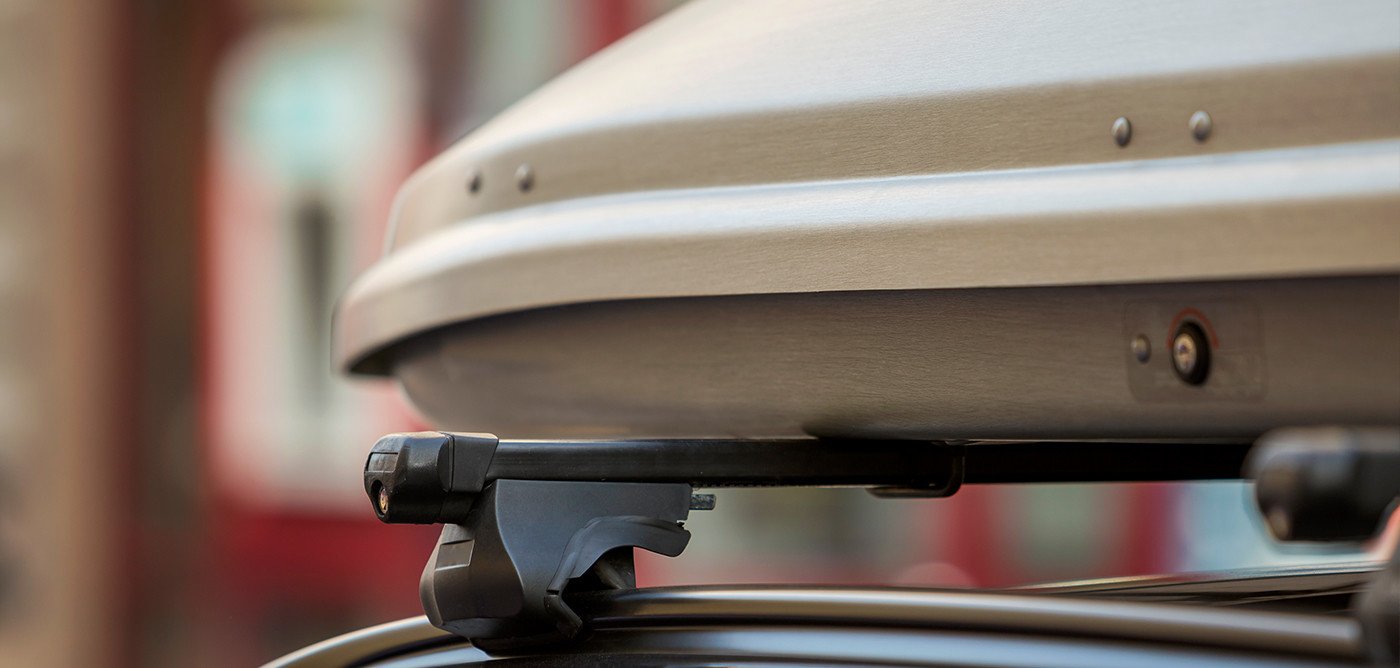You may have seen them before. Roof rails are those little metal bars that run along the top of the roof of your vehicle. They’re usually found on vans and trucks.
Roof rails are useful because they allow you to attach items such as bicycles, skis, snowboards, kayaks, and other equipment to the roof of your vehicle without having to remove any panels. Roof rails are also very handy if you want to transport a lot of gear at once.
In this article, we will look at what exactly a roof rail is, how they work, and their benefits as an accessory to your vehicle. We will also look at them in comparison to roof racks to see if roof rails really are better.
So buckle up, let’s get started!
Table of Contents
What Are Roof Rails?
The purpose of roof rails is to transport large items on the roof of your vehicle with minimal fuss or strain to your vehicle.
Roof rails are available as either continuous or interrupted rail systems. Continuous rails run continuously across the entire length of the vehicle’s roof. Interrupted rails are placed at intervals along the length of the vehicle’s top surface. The rails are then connected together with brackets to form a complete system.
Continuous rails are typically mounted directly onto the roof sheathing, but may also be mounted on a separate roof panel. Interrupted rails are typically supported by a roof panel or roof sheathing.
Continuous rails offer several advantages over interrupted rails:
- Continuous rails allow the user to install additional accessories such as cargo nets, bicycle carriers, ski racks, boat racks, etc., without affecting the integrity of the roof structure.
- Continuous rails do not require any modifications to the roof sheathing.
- Continuous rails are more aesthetically pleasing than interrupted rails.
Interrupted rails are typically installed on vehicles that have no roof panels. These include pickup trucks, vans, and station wagons. Interrupted rails are often preferred when installing roof racks on vehicles that have roof panels.
This allows the user to add accessories to the roof panel without having to modify the roof sheathing. However, this type of installation requires special tools and skills and so is not as straightforward as continuous rails.
What Is A Roof Rack?
A roof rack is an accessory attachment device designed to hold items above the roofline of a vehicle. There are many different types of roof racks, each offering its own unique benefits and drawbacks.
A roof rack is primarily composed of two main components: the roof rack itself and the mounting hardware. The roof rack consists of a frame, crossbars, and hooks.
It is important to note that the roof rack does not actually attach to the vehicle; rather it attaches to the roof sheathing (or roof panel) of the vehicle. The roof rack can be attached to the roof sheathing using screws, bolts, rivets, welds, adhesives, or other similar methods.
The mounting hardware includes fasteners, clamps, adapters, and brackets. Fasteners are commonly used to connect the roof rack to the roof sheathing and/or roof panel. Clamps are used to secure the roof rack to the vehicle while it is being transported.
Adapters are used to adapt the roof rack to accommodate certain types of vehicles. Brackets are used to mount the roof rack to the body of the vehicle.
Roof Rails Or Roof Racks

Roof racks and roof rails are both ways to carry heavy loads. Roof rails are more common than roof racks, but they’re mainly used as mounting points. Roof racks are designed to hold things like kayaks, bikes, etc.
They come in a variety of styles, sizes, colors, and materials. Some are made from aluminum, steel, plastic or wood. Some are permanently fixed to the car, others can be removed for storage.
Rails are usually made into one-piece kits that consist of multiple parts including the roof rack itself, the mounting hardware, and sometimes even the roof rack mounts themselves. This makes them easy to assemble and use.
There are many different types of rails available for different uses. For example, there are continuous rails that run along the entire length of the vehicle’s roof. These are ideal if you want to install a bike carrier, ski rack, or cargo net.
Continuous rails also make it easier to install accessories because they don’t interfere with the roof panel. If you need to remove the rail system before transporting the vehicle, simply unscrew the bolts holding the rails to the roof panel.
Interrupted rails are another option. They are designed to allow you to easily access your roof rack by removing the rails from the roof panel. This means you can take off the roof rack whenever you need to transport something large or bulky.
Interrupted rails are great for storing bicycles or skis when you aren’t using them. You can store them on top of the roof rack and then just pull out what you need when you need it.
How To Install A Roof Rail System
Roof rails are a way to provide additional support for the roof of your vehicle. They can be installed in many different ways, but they all serve one purpose: to add strength and stability to the roof itself to transport additional loads.
The most common method of installing roof rails is to use them as part of the original design of the vehicle. This means that you will need to remove the existing roof rails before you can install new ones.
If you don’t remove the old roof rails, you could damage the roof of your truck if you try to install new roof rails.
If you decide to replace the entire roof of your truck with new material, there are some things you should consider first. For example, how much weight will you want to carry on top of your vehicle?
Will you need to make sure that the roof has enough strength to handle the load? Is the roofing material strong enough to withstand the added stress caused by the extra weight? What kind of roofing material do you plan to use? Do you want to keep the look of the original roof?
If you’re planning to install roof rails aftermarket, you’ll probably want to take a few precautions before you start. First, ensure that the roof of your vehicle is structurally sound.
You may also want to check to see whether or not the roof is already equipped with roof rails. If so, you might want to consider replacing them.
Another thing to think about is the size of the roof rails. Most people prefer roof rails that are large enough to fit over the entire length of the roof. If you choose smaller roof rails, you may find that they won’t cover the whole roof area.
If you decide that you’d like to install roof rails yourself, you’ll have to figure out which type of roof rail system works best for you. There are several different types of roof rails available today.
Some are made from metal, others are made from plastic. Some are designed to work with specific vehicles, while others are universal.
There are three basic kinds of roofs: flat, sloped, and curved. Flat roofs are very simple because they consist of only two layers: an outer layer of felt and an inner layer of tar paper.
Slope roofs have more than just two layers; they usually include at least four layers: a base layer of plywood, a middle layer of insulation, a top layer of felt, and another layer of tar paper.
Curved roofs are similar to slope roofs except that they are shaped differently. Before installing your roof rails be sure to check your vehicle manufacturer guide to see if your chosen roof rails are suitable for your vehicle.
Frequently Asked Questions
What Are Roof Rails And Roof Racks?
Roof rails and roof racks are an ideal and safe way to transport luggage, bicycles, kayaks, or a range of other items that just won’t fit inside your car. They are versatile and can be installed fairly easily on most vehicles to provide an additional level of storage.
Which Are Better? Roof Rails Or Roof Racks?
The purpose of both roof rails and roof racks is to provide a means to transport additional cargo on your vehicle. They are both very useful if you need to carry additional items.
However, there are differences between the two. Roof rails are typically used when transporting large items such as bikes, kayaks, and even small boats. Roof racks are generally better suited for transporting smaller items such as skis and golf clubs.
Conclusion
As you can see, there are many benefits to getting a roof rail for your vehicle and they have many advantages over roof racks as they are much more versatile and easier to install. They are also more cost effective and are suitable for a wider range of vehicles.
If you are considering getting a roof rail for your vehicle then hopefully this article has given you the information you were looking for to help you with your decision.




